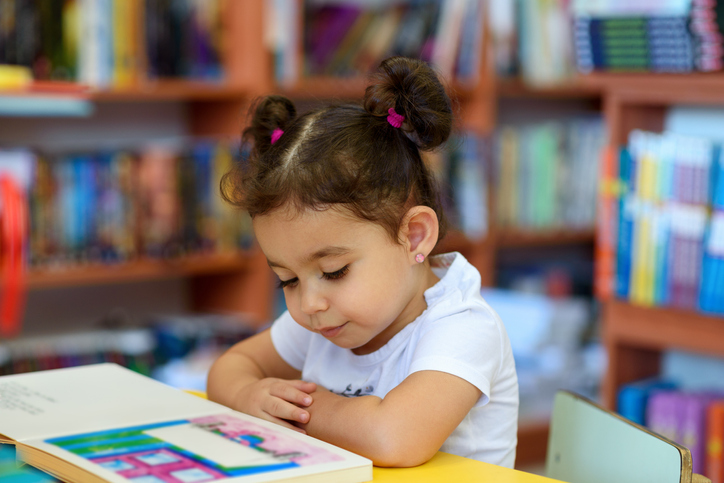5 Considerations for Supporting Autistic Children and Special Needs in Early Education Programs
Recommended learning strategies for early childhood education and special education are sometimes in conflict. By focusing on students’ interests and curiosity, individual needs, realistic development goals, and skill levels educators can support the needs of all students in their classrooms.
According to the Centers for Disease Control and Prevention (CDC), about 1 in 44 children were identified with autism spectrum disorder (ASD) in the United States in 2022. As the prevalence of autism has increased 178% over the last 20 years, so has the number of children diagnosed as autistic enrolled in regular early education classrooms.
Early education programs play a key role in supporting child development and preparing young children for grade school. Both early educators and special education teachers focus on providing developmentally appropriate learning experiences for all children in their classrooms; however, early childhood special education teachers face the unique challenges of having to consider multiple exceptional needs, in addition to the typical needs and behaviors of young children in one classroom.
Recommended learning strategies vary based on children’s abilities; although, early childhood education and special education philosophies sometimes conflict. A good example is the offering of multiple child-selected activities at once, often through open-ended learning centers: dramatic play, blocks, math, science, sensory, and so on.
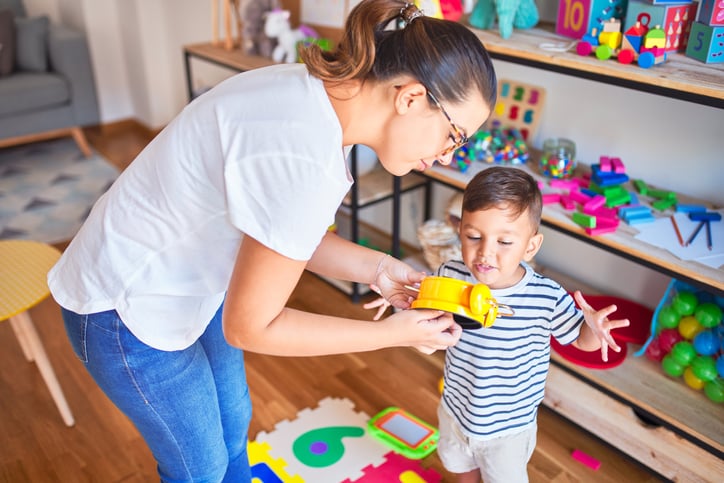
Early educators are charged with preparing and encouraging young children to choose only one out of many areas, sometimes up to ten learning centers, and ‘play’ with peers for a designated period - usually thirty minutes to an hour at once. Furthermore, early education practices recommend encouraging children to try different learning centers for variation.
Since it is common for autistic students to have characteristics that include difficulty with social communication and interaction, restricted interests, and repetitive behaviors, implementing these strategies in a special education classroom could lead to frustration, aggression, or inappropriate behaviors. One of the most effective strategies I’ve observed in a moderate special education classroom is the teacher intentionally designating a limited set of activity choices during each learning block, which appeared to have increased the children’s confidence and security.
So, how can early educators better support autistic children and other special needs in a regular classroom? Consider partnering. Whether following a co-teaching model or joining forces as a student support team, collaboration among regular educators and special educators can make a significant difference in the quest to support students in the least restrictive environment. Early education programs without special education staff or access to early intervention services should make connections with the exceptional needs division in their local school district for resources and referrals.
As the team collaborates to support student success, I recommend answering these five questions during meetings:
1. What are the child’s interests?
Appropriate early education experiences include the interests of each child and adult in the classroom. Unlike themes, interests are personally meaningful to individual children. The personal interests of both the teachers and children in the classroom are incorporated within the learning environment as incentives for learning.
For instance, if a child is fascinated by boats, the teacher should explore ways to incorporate boats into learning experiences. Books, pictures, puzzles, posters, flashcards, stencils, and related materials can be added to learning centers, small group activities, outdoor play, and circle time activities to encourage discovery and engagement. While the end goal is for children to achieve targeted learning standards, changes in the environment related to children’s interests motivate them to want to learn and even interact with their peers.
2. What is the child curious about?
As children interact and explore, interests and curiosities may be identified directly or indirectly by teachers in the classroom. Young children are creative by nature and often initiate new learning experiences when they question what something is, what it does, and what would happen if…. While children may show or express basic interests, they wonder about different aspects of those interests. Those curiosities should influence the content teachers include in the learning environment.
When children become curious about the world around them, including the people and things within it, they are intrinsically motivated to investigate, examine, explore, and create. A learning environment that encourages and enables children to explore new ideas and approach problem-solving on their own in a safe and supportive setting nurtures creativity and natural curiosity. A creative climate extends problem-solving and critical thinking abilities far past childhood.
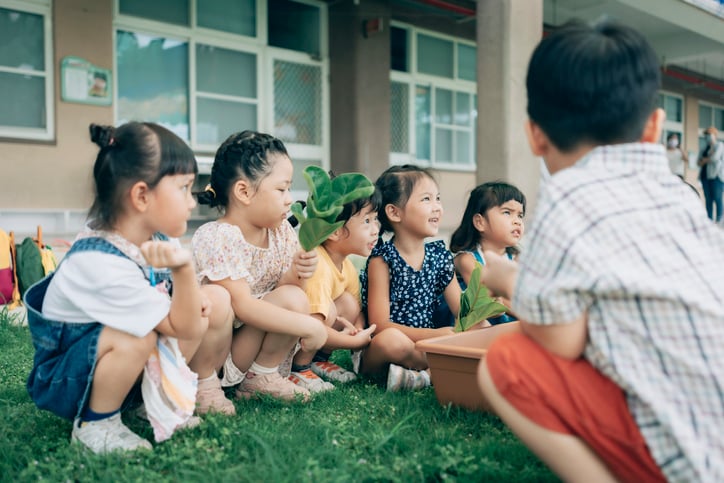
3. What are the child’s individual needs?
One of the most important tasks for a teacher to complete on each student is assessment, followed by evaluation. Assessment is collecting information on the work children do and how they do it. Evaluation is reviewing the work and finding value in it. While assessment and evaluation are two different processes, they can happen at the same time and are ongoing.
Assessment may include collecting artwork, writing samples, pictures, videos, audio recordings, and any other products as evidence of the child’s abilities. Evaluation begins when the teacher reviews the collection of work samples to examine areas of developmental progress and needs for support.
As a child progresses, there may be necessary conditions or situations to consider, which may be developmental, cultural, or exceptional. These needs must be addressed individually and with care as they are identified. Learning connections must be facilitated with experience and prior learning in mind, along with what is socially relevant, personally meaningful, and intellectually engaging for each child.
4. What are realistic developmental goals the child can accomplish?
Goals are intentions that state the difference between where children are and how far they can go. Before learning experiences can be planned for children, individual cognitive, linguistic, physical, social, and emotional goals must be set through an ongoing cyclical process of assessing, evaluating, and planning.
Based on the assessments and evaluations for each child, teachers should plan developmentally and culturally appropriate experiences to target learning goals in each domain or subject area. Teachers need to utilize effective lesson planning processes to support curriculum implementation and learning experiences complete with standards-based activities for:
- Individualized/developmental play
- Outdoor play
- Online/Computer games
- Large groups (story time, discussions, music, and movement…)
- Small groups (alternates of child-directed and teacher-directed activities)
- Learning centers (number of choices based on necessary modifications)
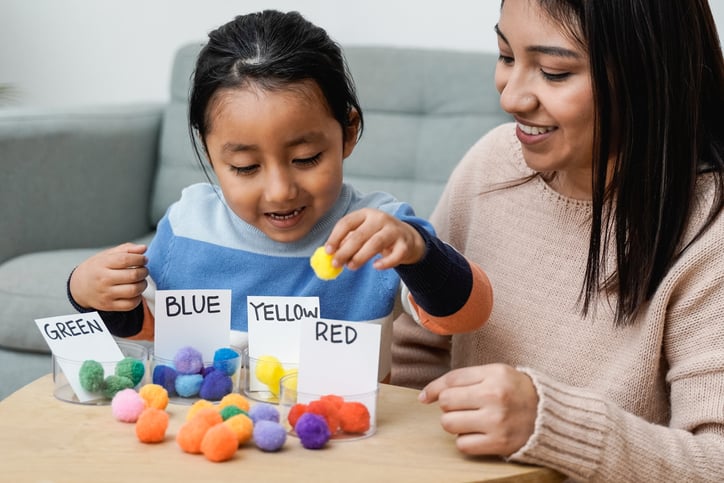
5. What are the child’s current skills?
Skills are naturally acquired abilities and talents. Each child is born with varying abilities and talents, which become more evident as they grow and develop. Interacting with people and actively exploring in a developmentally and culturally appropriate environment enhances natural skills and enables children to learn new skills.
After individual goals have been set for each child and identified groups, teachers can develop a plan to reach the goals by narrowing the steps in the form of precise skills or objectives. For example, one learning goal is to demonstrate knowledge of print. A skill that children can achieve and exhibit progression towards this goal would be recognizing their names on the cubby.
When educators partner to learn about each child’s interests, curiosities, abilities, and potential barriers, they can plan appropriate lessons and incorporate practical strategies around all the key factors. Collaborative practices among educators enable both typical and atypical students to individually and collectively achieve targeted goals and skills, creating innovative opportunities for ALL students to learn.
References
Bredekamp, S., & Copple, C. (Eds.). (2021). Developmentally appropriate practice in early childhood programs serving children from birth through age 8. (4th ed.). Washington, DC: National Association for the Education of Young Children.
Centers for Disease Control and Prevention. (2022). Autism Spectrum Disorder (ASD).
Retrieved from https://www.cdc.gov/ncbddd/autism/index.html
Ciran, L. (2022). Six Co-Teaching Models that Really Work in Inclusion Classrooms. Retrieved from https://blog.stageslearning.com/blog/six-co-teaching-models-that-really-work-in-inclusion-classrooms?hsLang=en-us
Ciran, L. (2022). Supporting Students in the Least Restrictive Environment. Retrieved from https://blog.stageslearning.com/blog/supporting-students-in-the-least-restrictive-environment
Lewis, B. (2019). WINGS: The ideal curriculum for children in preschool. (4th. ed.). Atlanta, GA: Mynd Matters Publishing
NAEYC. (2023). Where we stand on curriculum, assessment and program evaluation. Retrieved from http://www.naeyc.org/positionstatements/cape
National Center on Birth Defects and Developmental Disabilities. (2021). Helping Children. Retrieved from https://www.cdc.gov/ncbddd/aboutus/helping-children/index.html
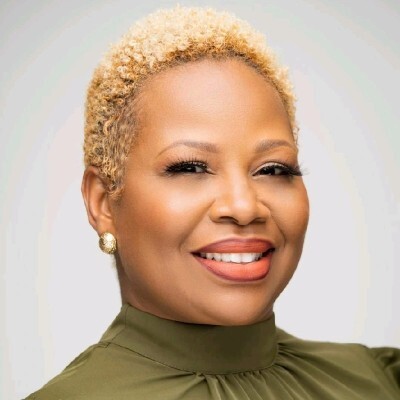
Bisa Batten Lewis, EdD
Dr. Bisa is the Founder and Managing Partner of WINGS Curriculum and Ideal Early Learning Consulting & Training company. She is a best-selling author, diversely experienced education authority and renowned public speaker. Her publications include education and parenting articles, college textbooks, children's books and music, early childhood curriculum guides, and motivational books for educators. Having supervised multiple child development centers, including lab schools, Early/Head Start, and Georgia Pre-K, Dr. Bisa offers realistic methods of implementing high-quality research-based curriculum practices.


